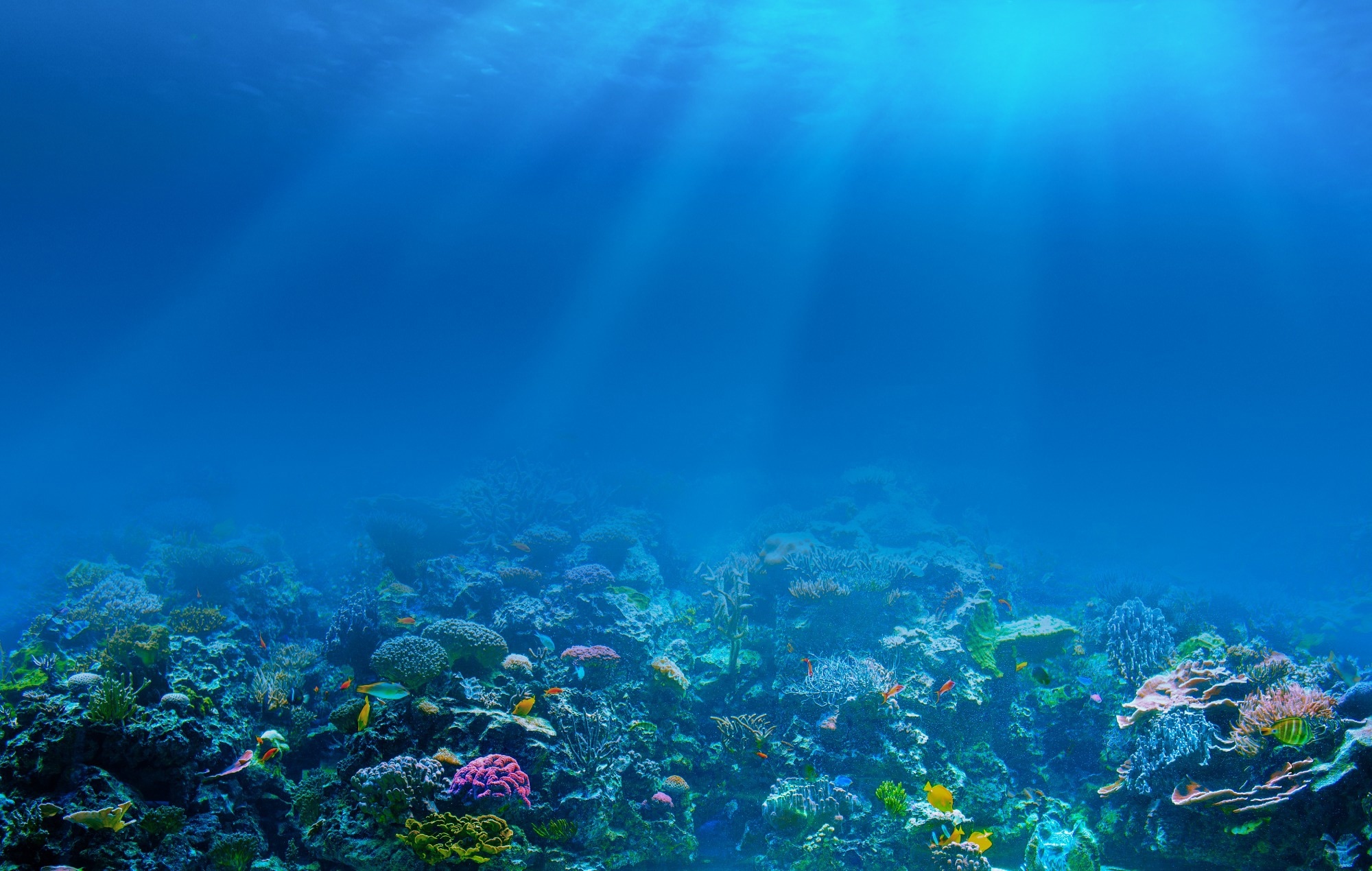The recent advances in sequencing technology have allowed the genomes of archaeal and bacterial taxa from ecosystems that were previously considered uncultivable to be sequenced.
In a recent study published in Nature, a team of researchers analyzed marine metagenomes from numerous databases and developed a comprehensive global ocean microbiome genome catalog (GOMC) of marine bacteria and archaea to facilitate the potential applications of this knowledge in the fields of medicine, biotechnology, and environmental sciences.
 Study: Global marine microbial diversity and its potential in bioprospecting. Image Credit: Andrey_Kuzmin/Shutterstock.com
Study: Global marine microbial diversity and its potential in bioprospecting. Image Credit: Andrey_Kuzmin/Shutterstock.com
Background
Archaea and bacteria form a substantial portion of the cells in the oceans, numbering around 10²⁹, and play a vital role in biogeochemical and ecological processes.
These microorganisms are taxonomically diverse and exhibit a range of metabolic characteristics that allow them to adapt to changing environments.
Recent breakthroughs in sequencing technology have allowed scientists to study marine microbes, which were previously understudied due to their uncultivability.
While this technology and projects such as Tara Oceans Expedition and Global Ocean Sampling (GOS) have substantially improved the metagenomic data on marine microbial communities, studies assessing the functional value of this data for biomedical and biotechnological applications have been few.
The researchers believe that a unified genome catalogue of the microbial diversity from less explored ecosystems such as deep seas and oceans, and the use of advanced tools and experimental studies to examine the biotechnological and biomedical applications of marine microbes can significantly improve the scope for marine prospecting.
About the Study
In the present study, the researchers analyzed marine metagenomes from publicly accessible databases such as the European Bioinformatics Institute (EBI), National Center for Biotechnology Information (NCBI), and Joint Genome Institute (JGI) databases, and generated over 43,000 metagenome-assembled genomes or MAGs.
The MAGs were combined with marine archaeal and bacterial genomes from other databases, such as Ocean Microbiomics Database and OceanDNA, to create a unified catalog. The genome database was also taxonomically annotated.
The researchers conducted statistical profiling of the archaeal and bacterial MAGs and used Uniform Manifold Approximation and Projection or UMAP to examine their biogeographical patterns and analyze the microbial diversity. Furthermore, UMAP allowed the researchers to use biogeographical distribution and ocean depth to identify metagenomic provinces representing different marine ecosystems.
Numerous bioinformatics and statistical tools were used to functionally annotate the database. The functional annotations included the identification of open reading frames and protein families.
Furthermore, specific tools such as CRISPRCasTyper and AcaFinder were used to detect the genes for clustered regularly interspaced short palindromic repeats (CRISPR)-CRISPR-associated protein (Cas) systems and antimicrobial resistance genes, as well as anti-CRISPR genes and anti-CRISPR-associated proteins.
The MAGs were also used to identify the ideal growth temperatures of the microbes, which were then used to classify the microbes into six categories ranging from psychrophiles, which can grow in very low temperatures, to hyperthermophiles, which can survive in extremely high temperatures.
Additionally, laboratory experiments were conducted to validate the newly identified enzymes, antimicrobial peptides, CRISRP-Cas9 system, and halophilic PETsases, which are polyethylene terephthalate (PET)-degrading enzymes isolated from microbes that can survive in areas with high salinity.
Ancestral proteome reconstruction and phylogenetic regression were also used to analyze additional genome features, such as genome size and functional gene content. The CRISPR-Cas9 activity was examined in further detail by exploring the structure and function of various Cas9 proteins.
Major Findings
The study resulted in the creation of the global ocean microbiome genome catalog (GOMC), which consisted of medium to high-quality MAGs of around 138 phyla and 3,470 microbial genera, many of which were previously unknown.
This integrated global catalog consisted of over 24,000 non-redundant genomes, of which 41% were newly recovered in this study, significantly expanding our knowledge of marine microbial diversity, especially from the bathypelagic and other deep-sea zones.
The researchers also identified biogeographic patterns in marine microbiomes and revealed 56 metagenomic provinces that were depth-specific.
This study also highlighted the evolutionary role of large bacterial genomes and the influence of environmental variability on genome size, identifying 300 large genomes, including novel genomes from the bacterial phylum Planctomycetota.
Furthermore, the study emphasized the potential use of GOMC for marine bioprospecting by identifying a new CRISPR-Cas9 system, plastic degrading enzymes, and antimicrobial peptides by studying the bacterial defense mechanisms.
The findings also suggested a potential trade-off between bacterial defense systems, with bacteria with CRISPR-Cas systems having fewer antibiotic resistance genes.
The new CRISPR-Cas system Om1Cas9 identified in this study also exhibited robust in vitro deoxyribonucleic acid (DNA) editing activity by cleaving DNA between 22 °C and 42 °C with a 93.83% cleavage efficiency in cultured human cells.
The biosynthetic gene clusters identified in the marine microbiomes also revealed 121 novel antimicrobial peptides, some with strong antibacterial activity. Of the six PETases identified in the study, three showed high plastic degrading activity, especially under highly saline conditions.
Conclusions
To summarize, the study established a comprehensive database for global ocean microbiome genomes, which could potentially be used for marine bioprospecting.
A preliminary analysis using the GOMC database also resulted in the identification of a novel CRISPR-Cas9 system, over 120 antimicrobial peptides, and six plastic degrading enzymes.
These findings highlight the substantial potential of marine microbiomes for applications in biomedical and biotechnological fields.
Journal reference:
-
Chen, J., Jia, Y., Sun, Y., Liu, K., Zhou, C., Liu, C., Li, D., Liu, G., Zhang, C., Yang, T., Huang, L., Zhuang, Y., Wang, D., Xu, D., Zhong, Q., Guo, Y., Li, A., Seim, I., Jiang, L. & Wang, L. (2024) Global marine microbial diversity and its potential in bioprospecting. Nature. doi:10.1038/s41586024078912. https://www.nature.com/articles/s41586-024-07891-2